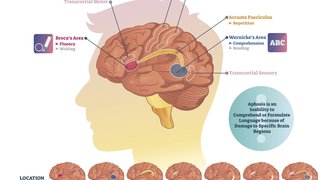
Strokes are serious business. They can be life-changing at best, and life-threatening at worst. Getting help quickly is key. Receiving the appropriate medical attention is just as important as the speed of treatment in reducing the impact of a major stroke.
About one-third of all strokes are “major” strokes, with blockages of the major blood vessels in the brain. We now have a proven minimally invasive techniques and technology to resolve the blocked blood vessels – and restore or preserve brain function. The devices to remove them are called stentrievers. The procedures are endovascular rescue therapy. The New England Journal of Medicine calls them a “game changer” in the treatment of major strokes. Our experience at UT Southwestern supports that assessment.
To use the treatment, our team inserts a catheter into the stroke patient’s groin and guides it through an artery to the brain, where the location of the blood clot is defined. The stentriever is then deployed and surrounds the clot, grabs it, and gently removes it.
The removal of the clot allows blood to begin flowing again to the brain. This stops the loss of brain cells and, in some cases, can restore lost brain function or reverse paralysis.
In order to be successful, though, this new treatment must be used as soon as possible – usually within 6 to 8 hours of the stroke.
Almost daily, our team sees stroke patients who arrive at UT Southwestern unable to speak or with major paralysis. But we also see stroke patients who, five or ten years ago, would not have survived but who today recover and return home to their everyday lives.
The right kind of care
So, if someone has a sudden onset of stroke symptoms – including not being able to walk or talk – it’s essential to get the appropriate care immediately.
In North Texas, most hospitals do not have an advanced comprehensive stroke center or the expertise to use this new therapy. Our Robert D. Rogers Advanced Comprehensive Stroke Center has extensive experience with stentrievers, as well as other approaches that are appropriate for stroke patients.











